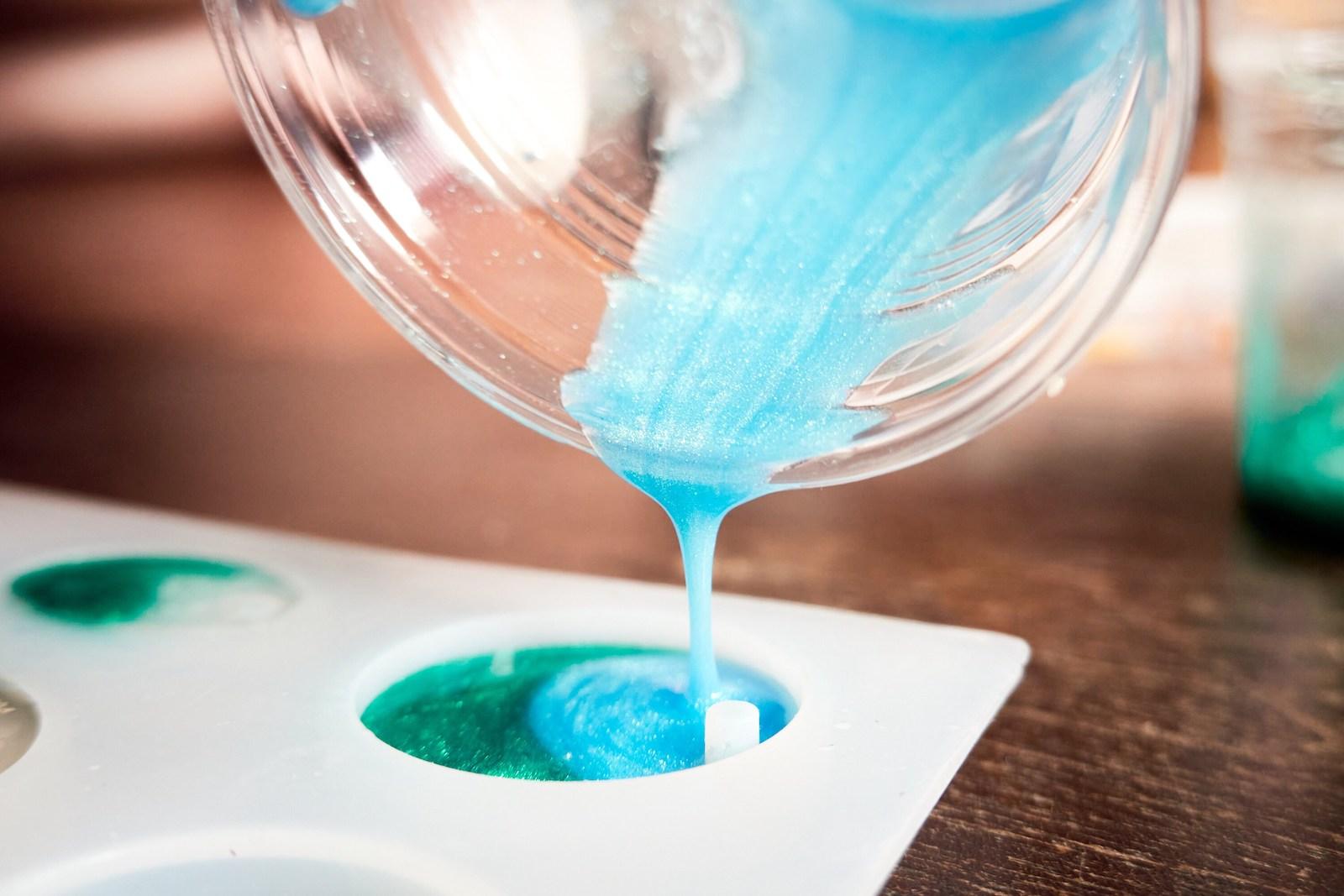It is this kind of customization that made resin art so popular. Epoxy or other forms of art resin have become readily available in craft stores, so now anyone can make whatever they want and have it come out looking professional and polished.
Unfortunately, there is a downside to the ever-growing popularity of resin art: Epoxy is just not very good for the environment. Yes, epoxy resin is technically biodegradable and recyclable, but not to the extent one may hope. Epoxy can take an extremely long time to biodegrade, and even then, some resin may not have the bacteria needed to properly break down.
As for recycling, the process only works if the resin and the hardener can be separated. If that is unsuccessful, epoxy resin could be put through a different recycling process called pyrolysis, in which the materials would decompose inside a highly heated atmosphere. Even then, the process of pyrolysis produces and releases chemicals, including greenhouse gasses associated with climate change, into the air.
All that being said, the reality is that many epoxy resin products will end up in the trash anyway—as is often the case with recyclable items. And, since resin art is by no means a dying trend, one can only sit back and wait to see the places it goes.





























